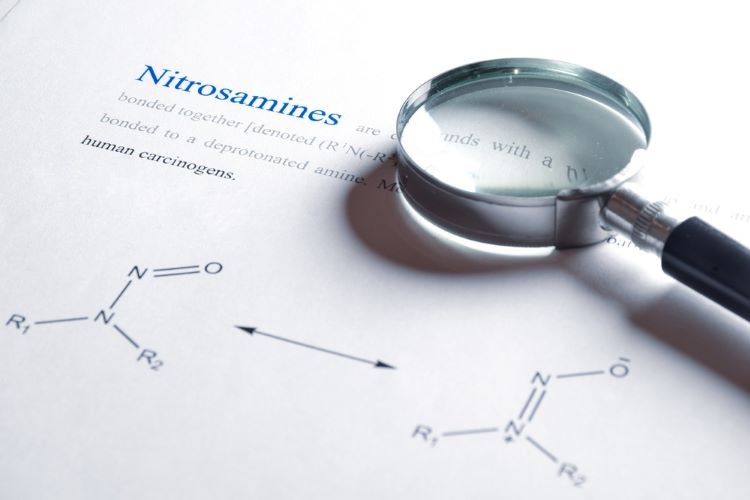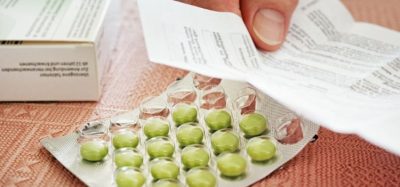European regulatory perspective on nitrosamine mitigation strategies
Posted: 29 August 2023 | Catherine Eckford (European Pharmaceutical Review) | No comments yet
With nitrite concentration in excipients being a key risk factor in nitrosamine drug substance related impurities (NDSRI) formation, there is opportunity to implement corrective and preventative actions (CAPAs), EMA experts say.


Experts at the European Medicines Agency (EMA) have provided a regulatory perspective on risk factors and mitigation strategies for nitrosamine impurities in human drug products.
The paper, published in Organic Process Research & Development, highlighted an Article 31 referral into medicine safety which began in the EU in September 2019. Above acceptable levels of N-nitrosodimethylamine (NDMA) had been detected in ranitidine tablets and thus investigated.
Preventative measures for nitrosamine impurities
Root cause of NDMA formation in ranitidine was subsequently reported to be the result of an intermolecular degradation of ranitidine without the requirement for any exogenous nitrite. The authors stated that the recommended preventative measure included the suspension of ranitidine medicines until marketing authorisation holders (MAHs) could demonstrate that the levels of NDMA could be controlled to acceptable levels throughout the assigned shelf life.
More recently, on 24 July 2023, the EMA updated its guidance on nitrosamine impurities. The European regulatory body amended Q&A 10 and added three appendices.
After the reports were published, the EU medicines regulatory authorities conducted a scientific assessment Article 5(3) opinion and arrived at a range of conclusions regarding known and suspected root causes, analytical method requirements and methodology for setting limits. Up until that time, most N-nitrosamine impurities in medicines had originated in the active substance manufacturing process.
Reflecting on five years of quality control for nitrosamine impurities
A series of recommendations were subsequently issued regarding the handling of N-nitrosamine impurities in medicines. For example, it was advised to establish appropriate control strategies for both active substances and drug products.
The paper acknowledged that as concentration of nitrite in formulation is a critical risk factor in the generation of nitrosamine drug substance related impurities (NDSRIs), it holds opportunity for implementing corrective and preventative actions (CAPAs).
Nitrite source identification in excipients
In terms of identifying the source of nitrite in excipients, is difficult to ascertain whether there is a common source or various root causes, where applicable. If the source is identified, this would therefore manufacturers to implement corrective measures, according to the paper.
An example related to drying processes was given: “if nitrogen oxides formed during hot-air drying unit operations are indeed involved, their concentration could theoretically be reduced by using lower temperatures and/or nitrogen-enriched gas stream instead of air. Alternatively, acidic NOx species could potentially be trapped by scrubbing prior the actual drying of excipients.” Another option shared by the authors was the use of vacuum drying.
The EMA authors highlighted research by Boetzel et al., which acknowledged that excipients being used as diluents/fillers are nearly always the only relevant contributors of nitrite. Cioc et al. therefore concluded that the finding “is another major simplification and a valuable lead in the development of effective mitigation strategies for the prevention of NDSRI formation”.
In recent news, on 24 August 2023, the Medicines & Healthcare products Regulatory Agency (MHRA) published guidance discussing acceptable intakes (AI) for nitrosamine impurities in medicines.
Related topics
Big Pharma, Biopharmaceuticals, Drug Development, Drug Manufacturing, Drug Safety, Excipients, Impurities, Manufacturing, Regulation & Legislation, Research & Development (R&D), Therapeutics
Related organisations
European Medicines Agency (EMA), UK Medicine and Healthcare products Regulatory Agency (MHRA)









